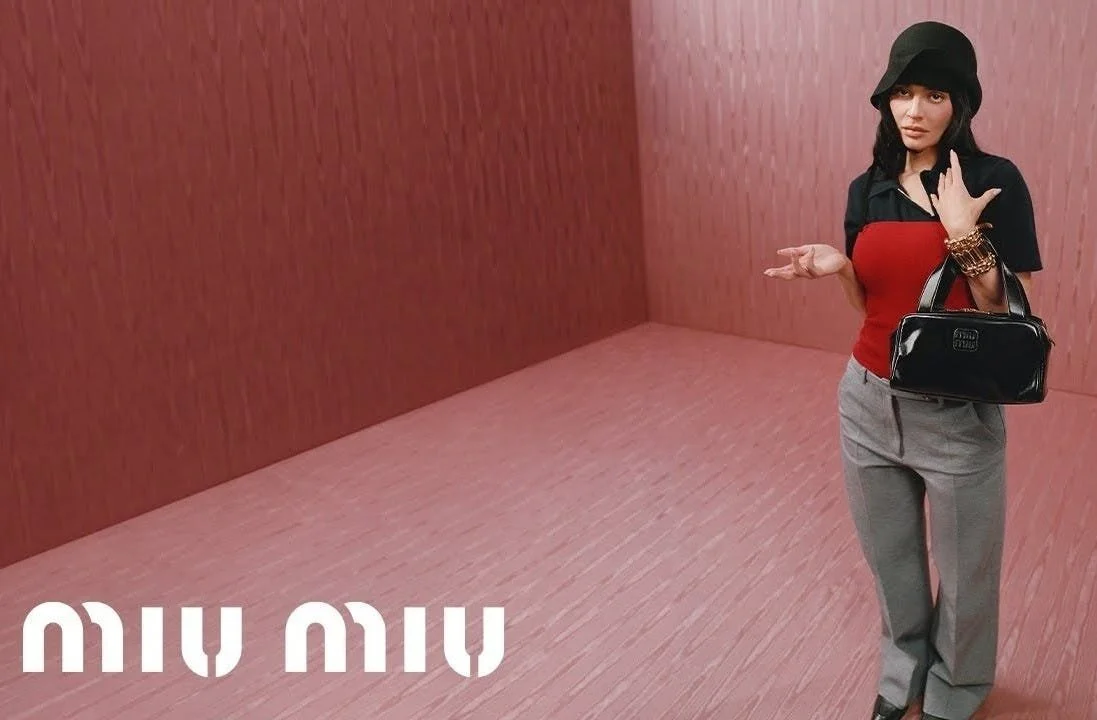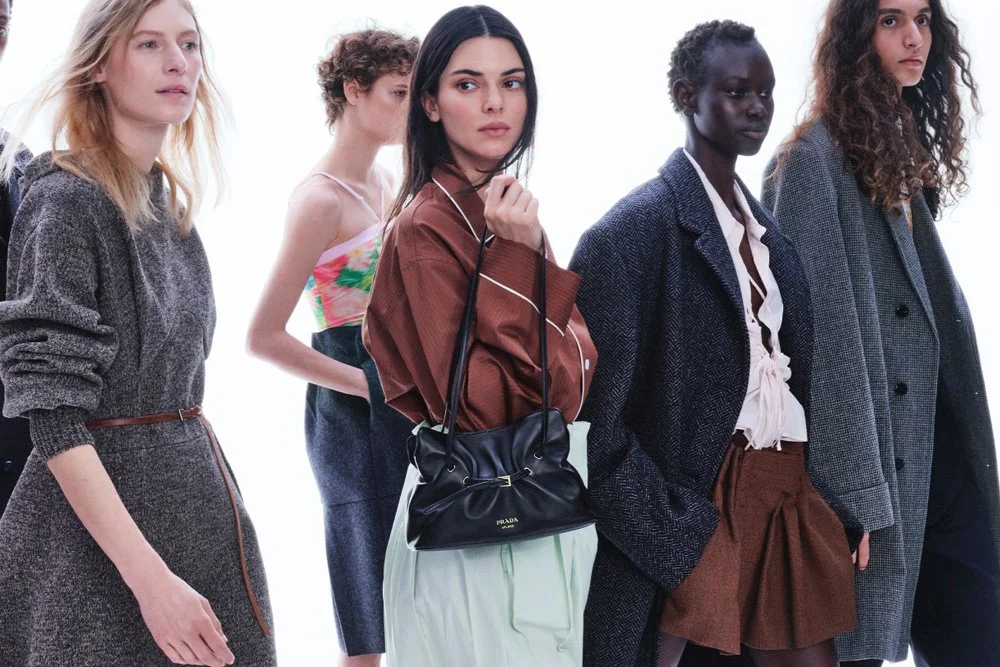Takeaway From NYFW: How Fashion Is Embracing Commercialization in an Era of Lower Consumer Sentiment
New York Fashion Week (NYFW) wrapped up earlier this week and the underlying theme across all the shows was that designers were prioritizing what will sell when developing their collections. Given the state of economic affairs, consumer sentiment is less than favorable and designers are clearly strategizing how they can thrive in the midst of a retail downturn.
As Business of Fashion’s Joan Kennedy puts it “the mantra of the moment seems to be: "how people actually wear clothes off the runway is driving their [designer’s] approach to showing, merchandising, and marketing." In fact, designers took a few different approaches to the commercialization pivot. Some offered more relatable and wearable pieces within their ready-to-wear collections, while others strategically lowered price points to entice a more budget-conscious customer. While this trend of commercialization showed up during NYFW, it is an extension of what brands have been engaging in throughout the year as seen with marketing campaigns.
Prada and Miu Miu: A Case Study in Practicality
Courtesy of MiuMiu and Prada
Recent campaigns from powerhouse brands like Prada and Miu Miu perfectly illustrate this shift. The products featured are scaled back and practical, as are the settings of the advertisements themselves.
Take the recent Miu Miu FW2025 campaign. While exploring individuality in expressions of femininity, the garments and styling are rather toned down. Think t-shirts, classic peacoats, tailored slacks, and pencil skirts. These pieces, while undeniably chic, are designed for wearability, making it easier for fans to envision themselves in them. The solid wooden backdrop of the campaign also provides the space for the garments to stand out while offering a tangible way to cut production costs in an uncertain economic climate.
Similarly, the Prada FW2025 campaign featuring Kendall Jenner focuses on showcasing the movement of garments in slow motion against a plain white backdrop. Understanding that Miu Miu is Prada's younger sister brand and its campaign features Kylie Jenner, it's clear both labels are strategically leaning into influencer marketing to target consumers who view the sisters as fashion’s it girls.
It’s a smart move considering this year alone, Kendall Jenner sparked a viral TikTok trend after being photographed with Kylie at a Knicks game in a basic white tank top. Young women subsequently flocked to the internet to buy the tanks en masse and film hauls to add to the conversation as well as insert themselves as part of the “in” crowd. Overall, the $2 Kendall Jenner Tank trend encapsulates the power that influencers have to drive consideration and conversion.
Thoughts on the Challenges Ahead for the Fashion Business
So, what does all of this signify? Fashion, at its core, is a business - even if I consider it as a mode of self expression and art above all else. When customers are more cautious with their spending, it makes sense why designers would play it safe with their collections to provide a greater opportunity for profit.
However, this strategy presents a potential challenge. If clothing begins to blend into a homogenous landscape, with little to distinguish one designer from another, the market risks becoming oversaturated and it becomes increasingly difficult for brands to stand out.
This shift also prompts us to consider consumer psychology. If people are actively looking to save their money, what can designers do to market their products in a way that convinces them a "splurge" is still worthwhile? Aside from casting influencers in campaigns, designers can consider highlighting durability, materials and leveraging established brand identities to make the case with their customers why they should buy pieces from their line vs. somewhere else.
From a consumer standpoint, determining what pieces are worth the splurge is personal. A good start, however, is determining which trends will be in style beyond the current season. Next, establish a budget and begin research with preferred designers to find pieces that fit the desired style and criteria.
Although this marks the end of the first stop during Fashion Month, it's reasonable to predict that London, Milan and Paris will echo a similar theme - practical and commercial first are in.


